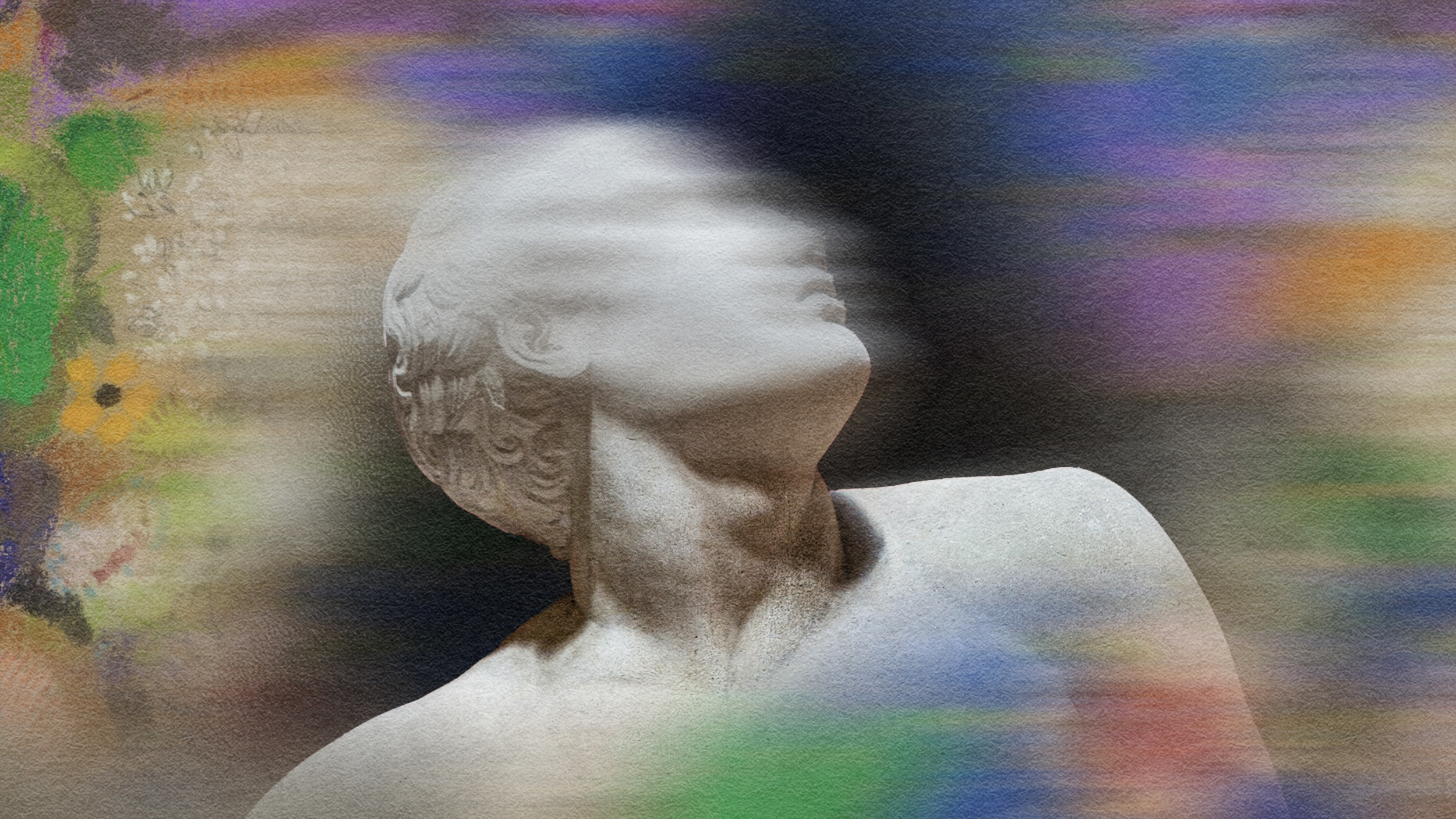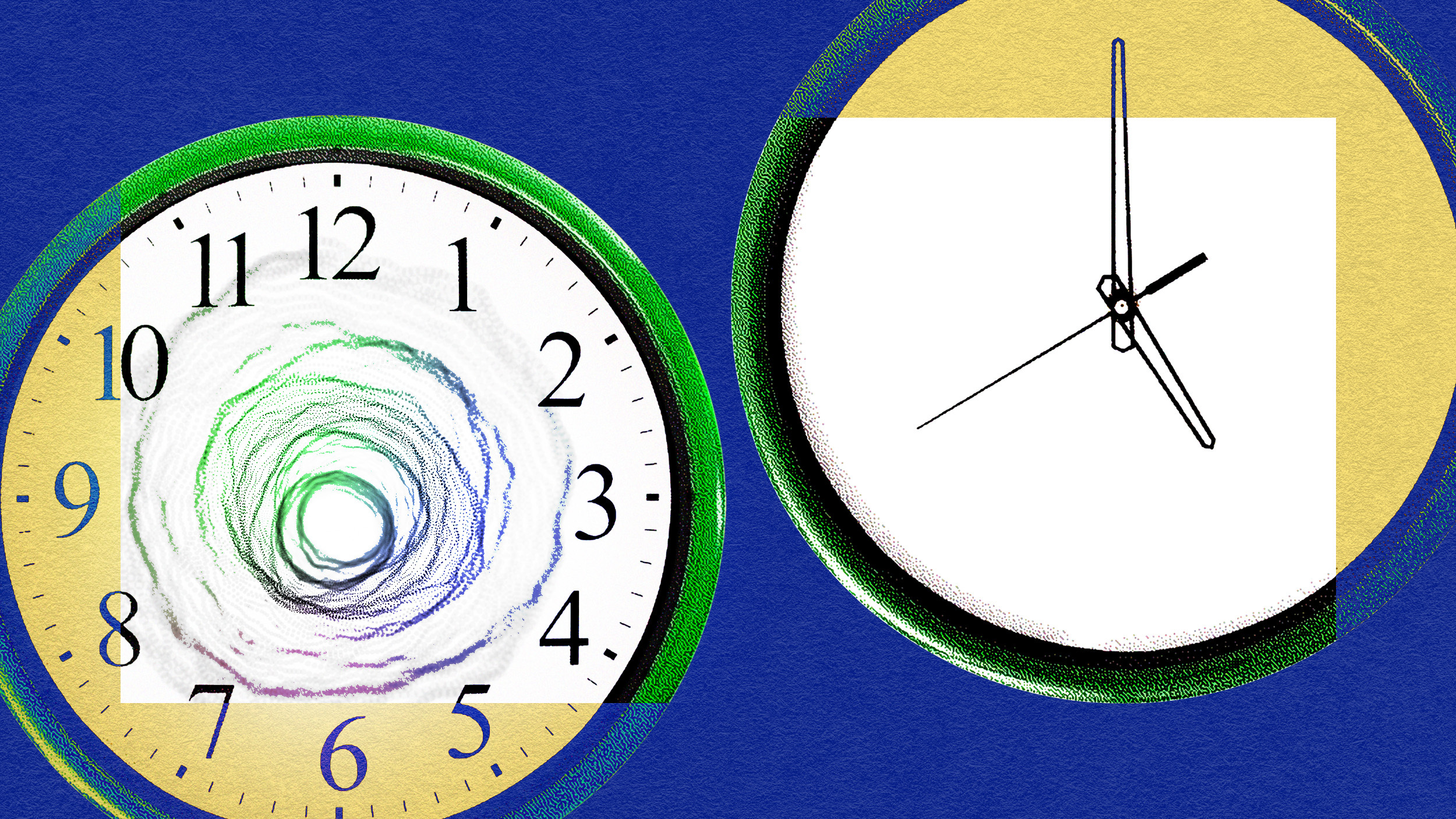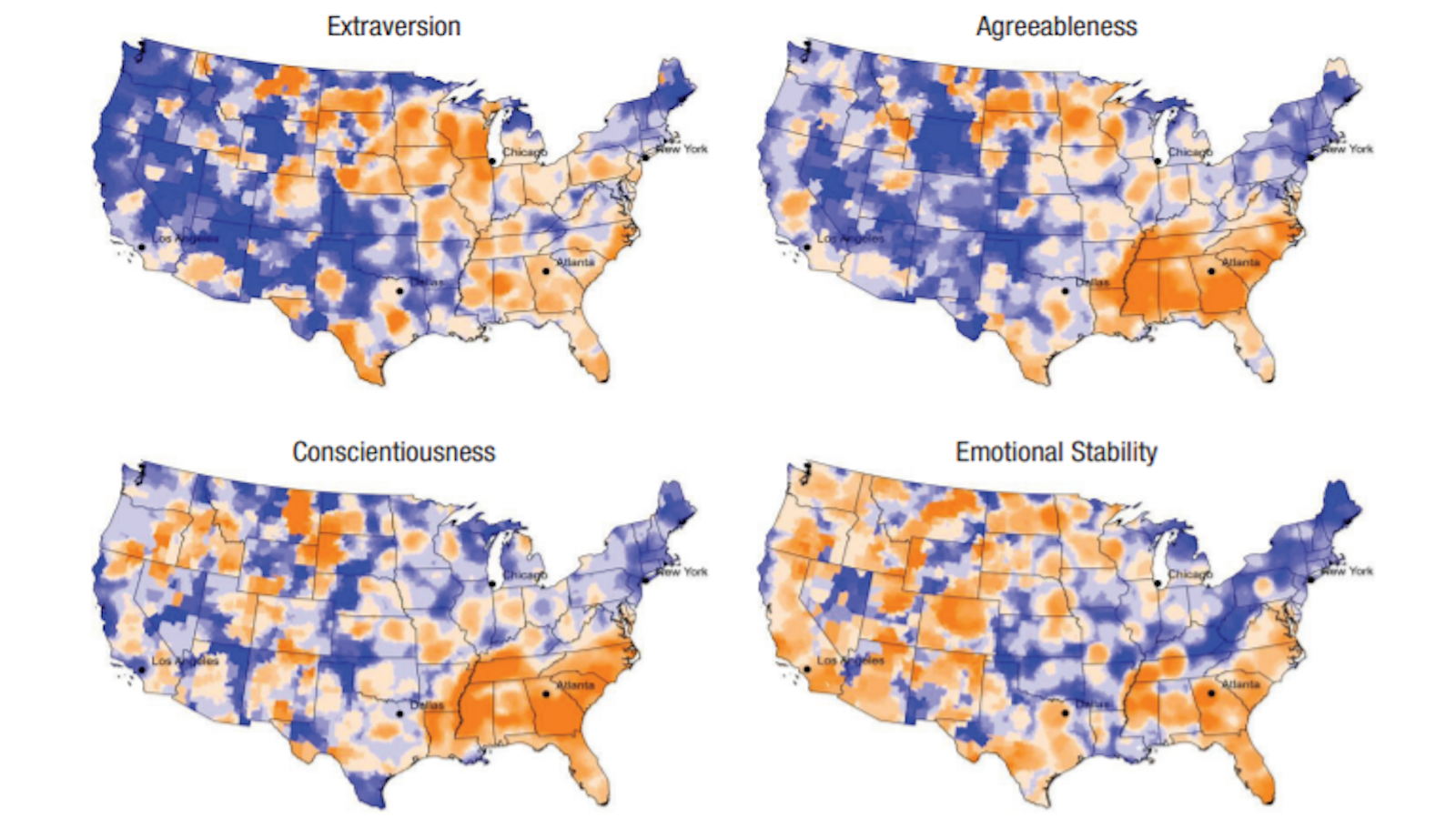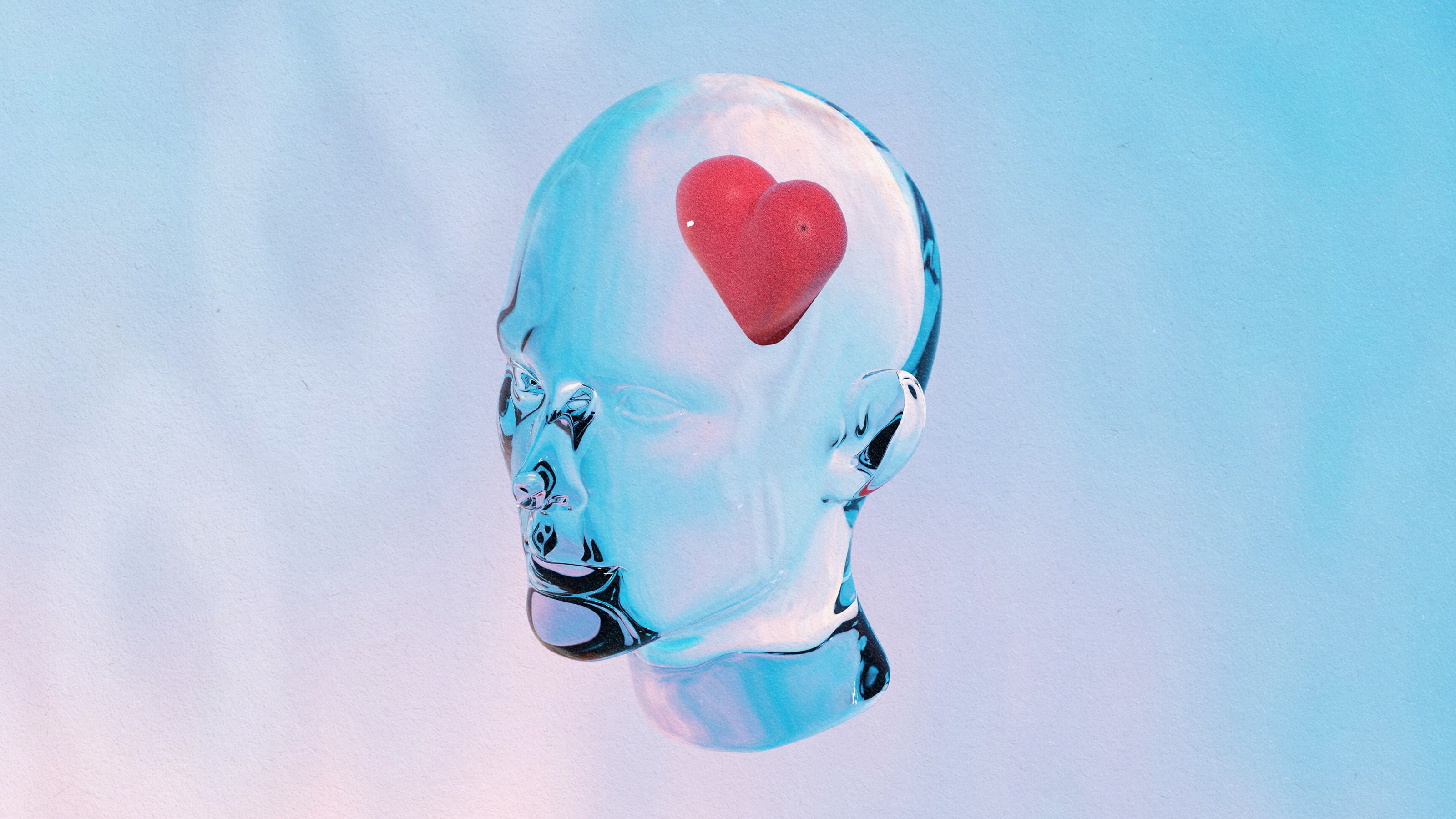Viewing abstract art causes notable cognitive changes

Africa Studio/Shutterstock
- A new study finds that viewing modern art causes real cognitive changes in the viewer.
- Abstract art causes the viewer to place more psychological distance between themselves and the art than with more typical works.
- Exactly how this works is not yet known.
In what will be taken as a win both for people who think modern art doesn’t look like anything and those who say that is the point, a new study suggests that viewing abstract art can cause measurable mental changes in the viewer, which increases their psychological distance to the piece.
Abstract Art: My Kid Could Understand That!
Psychological distance is the mental distance you place between yourself and other people, things, times, and events. We tend to view abstract notions as very distant and concrete thoughts as very close. Likewise, events that are occurring tomorrow are often more “real” to us than things happening next year.
As an example of how we all use this, imagine that you’ve made plans to spend the day go-karting with your friends. If it is a month away, you might focus on the general details like how much fun you’ll have. If it is tomorrow, your focus might be on small details like the logistics of getting there. The first event is psychologically and temporally distant, so we tend to view it abstractly; the second case is the opposite.
For this experiment, the researchers gathered 840 subjects to test how the viewing of abstract art related to how psychologically closely or distantly they viewed it.
The test subjects were asked to view artworks defined as purely abstract, having a clearly defined object, or partly abstract with a definable object. They were then asked to imagine that they were going to decide where to place the painting on display. They could either put it in a gallery “around the corner” or “in another state.” The date of the showing could either be “tomorrow” or “in a year.”
The subjects were substantially more likely to choose to place the abstract works in a distant gallery in the future than to do the same with the more grounded works. This tendency to associate abstract art with faraway places or times, even after controlling for how much people liked the artwork in question, indicates that we tend to place psychological distance between ourselves and abstract art.
Study co-author Daphna Shohamy generalized these findings for Cosmos:
“This means that art has an effect on our general cognitive state that goes beyond how much we enjoy it, to change the way we perceive events and make decisions.”
This study, published in the Proceedings of the National Academy of Sciences, points in the same direction as previous investigations into how we interact with abstract art. One 2011 study tracked the eye movements of people viewing representational art and those considering the work of Jackson Pollock and found that people tend to view all of an abstract work as they scour it for meaning as opposed to focusing on small details in a more representational painting.
Exactly how abstract art causes our brain to take a step back when considering it is a subject for further research.
The notion that a work of art must evoke a particular reaction from the viewer is the subject of some debate, though it is unlikely that many of the people advocating for that idea had the findings of this study in mind. While this study won’t settle any debates in aesthetics or make a modern art lover out of everybody, it might lead to new understandings of how art affects the viewer and serve as a reminder of how much artwork and beauty influence the mind.





